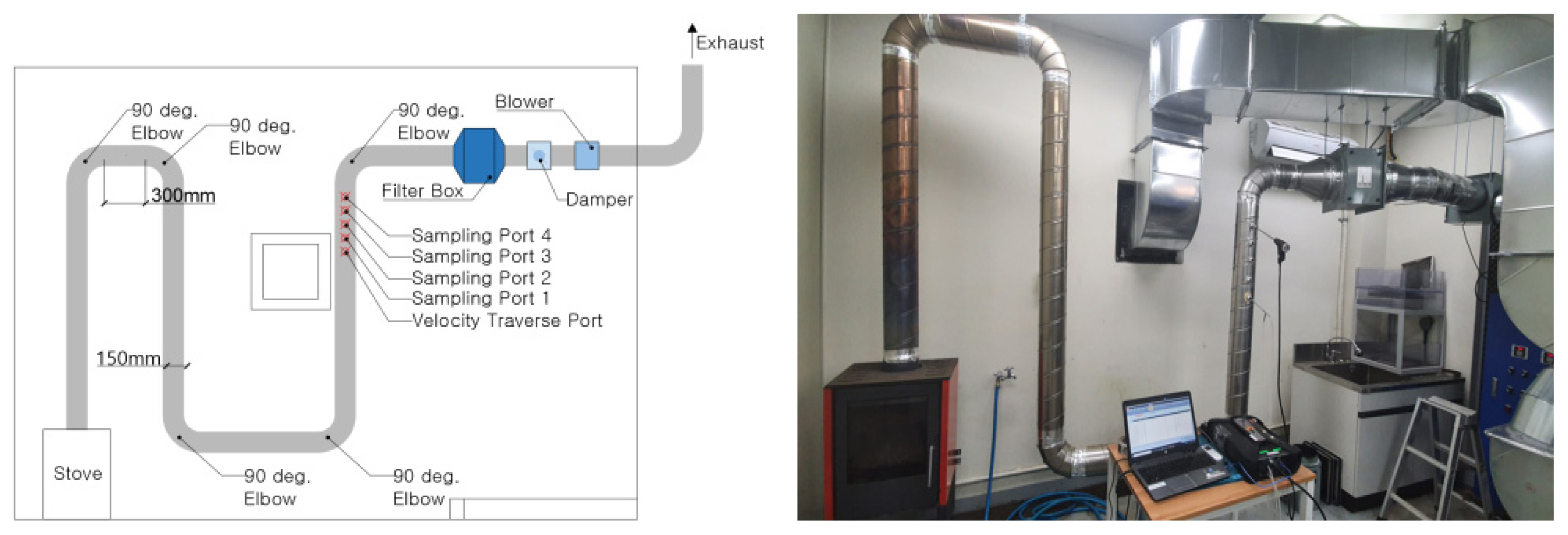Im, BS, HH An. 2016. A Study on the Pyrolysis and Combustion Properties on Industrial Plastics. Journal of the Korean institute of gas. 20(1):46-51.

Kim, YJ 2008. Discharge of Dioxins by Open-air Burning of Domestic and Agricultural Wastes. J Korea Soc Waste Manage. 25(1):66-72.
Korea Environment Institute2017 Management Strategies to Reduce PM-2.5 Emission: Emphasis-Ammonia Sejong, Korea. Sin, D.W., H.S. Joo, E.J. Seo, and C.Y. Kim; Retrieved from
https://www.kei.re.kr/kor/
.
Kristensen, EF, JK Kristensen, P S├Ėrensen, MN Hansen. 2009. Combustion of separated livestock manure in small combustion plants: Effect of co-firing of manure fibers and straw on energy utilization and environmental impact. Gr├Ėn Viden. 50:8.
Lemieux, PM, CC Lutes, DA Santoianni. 2004. Emissions of organic air toxics from open burning: a comprehensive review. Progress in Energy and Combustion Science. 30(1):1-32.
https://doi.org/10.1016/j.pecs.2003.08.001

Linak, WP, JV Ryan, E Perry, RW Williams, DM DeMarini. 1989. Chemical and Biological Characterization of Products of Incomplete Combustion from the Simulated Field Burning of Agricultural Plastic. J Air Waste Manag Assoc. 39(6):836-846.
https://doi.org/10.1080/08940630.1989.10466570

National Institute of Environmental Research2008a Hazardous Air Pollutant Inventory Construction Project (III) - Chapter 5_53 HAPs emission calculation Incheon, Korea. Ok, G., Y.G. Kim, D.H. Kim, J.H. Kim, C.S. Kim, I.J. Hwang, S.H. Lee, S.M. Hwang, N.J Park, J.H. Park, Y.J. Sim, Y.S. Kim, and J.G. Jung; Retrieved from
https://www.prism.go.kr//homepage/entire/retrieveEntireDetail.do;jsessionid=BF6A270285946660952EA78E125C65AA.node02?cond_research_name=&cond_research_start_date=&cond_research_end_date=&research_id=1480000-200800327&pageIndex=2644&leftMenuLevel=160
.
National Institute of Environmental Research2016 Handbook on Calculation of Air Pollutant Emissions by Bio-Combustion Incheon, Korea. Song, C.G., D.G. Kim, H.A. Jin, G.M. Lee, S.H. Sul, H.G. Lee, and B. E. Kim; Retrieved from
https://ecolibrary.me.go.kr/nier/#/search/detail/5570075
.
National Institute of Environmental Research2014 Handbook on Calculation of Air Pollutant Emissions by Bio-Combustion Incheon, Korea. Song, C.G., D.G. Kim, H.A. Jin, G.M. Lee, S.H. Sul, H.G. Lee, and B. E. Kim; Retrieved from
https://ecolibrary.me.go.kr/nier/#/search/detail/5570075
.
National Institute of Environmental Research2014 Study on Improvement and Policy Support Reinforcement of Air Pollutants Emission Inventory Incheon, Korea. Jin, H.A., Lee, H.K., Seol, S.H., Kim, B.E., Soe, K.A., Sin, M.H., Kim, D.K., Kim, S.K., Han, J.S and Kim, J.S; Retrieved from
https://www.konetic.or.kr/ecoservice/development_view.asp?1=1&sort=A&sort2=A3&gotopage=6&unique_num=1849
.
Steinmetz, Z, C Wollmann, M Schaefer, C Buchmann. 2016. Plastic mulching in agriculture. Trading short-term agronomic benefits for long-term soil degradation? Sci Total Environ. 550:690-705.
https://doi.org/10.1016/j.scitotenv.2016.01.153


















